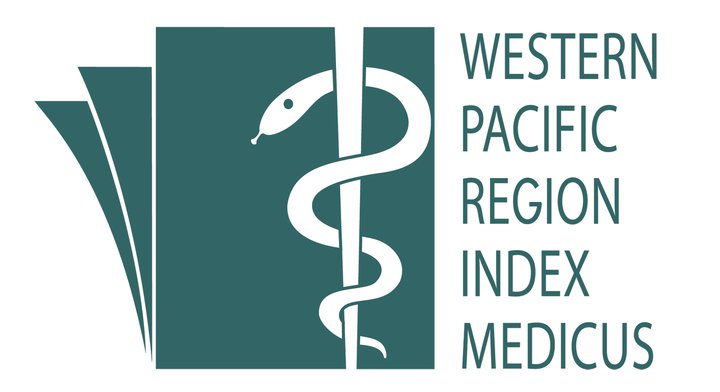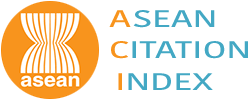Predictive Models for Forecasting Coronavirus Disease 2019 Cases: Relevance to Public Health Services
Keywords:
COVID-19, SIR, ARIMA, Enhanced Community Quarantine, PhilippinesAbstract
Introduction:
The global impact of the coronavirus disease 2019 (COVID-19) pandemic has continually jeopardized vulnerable populations encompassing children, youth, elders, and individuals with immunodeficiency and comorbidities.
Methods:
In recognizing the crucial role of predictive analytics in shaping public health decisions, this study utilizes a predictive design, drawing on official data from the Department of Health (DOH) in the Davao Region, Philippines, spanning 57 days from March 15 to May 10, 2020. By comparing the Susceptible, Infected, Recovered (SIR) model and the Autoregressive Integrated Moving Average (ARIMA) model, the research aims to provide a scientific foundation for informed decision-making by public health authorities.
Result:
Analysis revealed that the SIR model emerged as the most effective in identifying trends and forecasting future cases. Despite both models indicating a substantial reduction in infection rates, caution is advised against discontinuing control and preventive measures due to the latent potential for another surge. The findings underscore the necessity for scientifically forecasted data to guide decision-makers in enhancing the responsiveness of public health services during similar and potentially worsening conditions.
Conclusions:
Hence, this study contributes to the ongoing pandemic preparedness and responsiveness discourse. Its emphasis on predictive analytics, particularly the SIR model, offers valuable insights for authorities tasked with safeguarding public health. The significance lies in addressing the current situation in the Davao region and providing a template for future scenarios. As the world grapples with the unpredictable nature of infectious diseases, informed decision-making based on scientific forecasts becomes imperative for effective public health management.
Downloads
Published
How to Cite
Issue
Section
License
Copyright (c) 2024 Alvin O. Cayogyog, Reynaldo O. Cuizon, Felix C. Chavez Jr., Randy A. Tudy

This work is licensed under a Creative Commons Attribution-NonCommercial 4.0 International License.
IJPHR applies the Creative Commons Attribution (CC BY) license to articles and other works we publish. If you submit your paper for publication by IJPHR, you agree to have the CC BY license applied to your work. Under this Open Access license, you as the author agree that anyone can reuse your article in whole or part for any purpose, for free, even for commercial purposes. Anyone may copy, distribute, or reuse the content as long as the author and original source are properly cited. This facilitates freedom in re-use and also ensures that IJPHR content can be mined without barriers for the needs of research.





